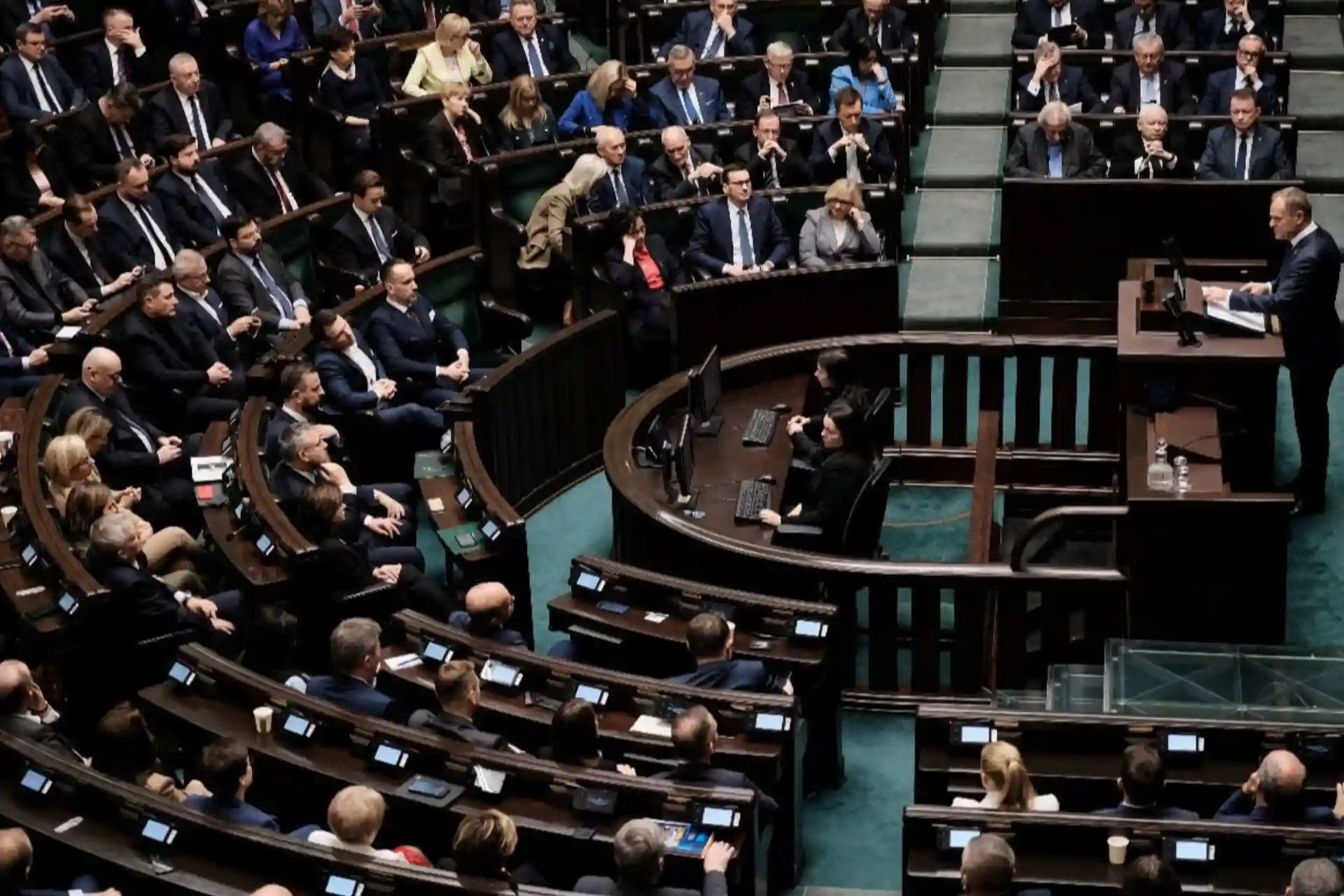18.05.2024 17:15
2351
It has been 80 years since the Crimean Tatars were deported
Tens of thousands of Crimean Tatars were expelled from their homeland on May 18, 1944 by order of Joseph Stalin. Within 15 minutes, about 259,000 Crimean Tatars, mostly old people, women and children, were brought to the square and put on carts for transporting animals. Half of the Crimean Tatars deported in inhumane conditions died on the way before reaching their destination.
It has been 80 years since the deportation of the Crimean Turks, when an entire nation was expelled from their homeland overnight by the order of Joseph Stalin, but the pain of those tragic events has not faded.
The policy of deportation of Crimean Tatars began during the reign of Empress Catherine II of Russia and began to develop rapidly during the Soviet Union. Russia resorted to various methods for the survival of Tatars from historical lands.
The problems of the Crimean Tatars began in 1774, when the Ottoman Empire signed the Kuchuk-Kainardji Treaty with Russia, thereby losing control of the Crimean Khanate.
In 1783, the Crimean Khanate came under the control of the Russian Empire. Pressured by the Russian administration, tens of thousands of Crimean Tatars left Crimea en masse and started moving to Anatolia. Many Crimean Tatars who fled the oppression of the Russian Empire found refuge in the Ottoman state.
During the Second World War, the USSR temporarily lost control over the Crimean Peninsula, and after the victory over fascism, the persecution of the Crimean Tatars began.
The Crimean Tatars were accused of supporting the Nazis, and a decision was made to deport them on this far-fetched pretext. According to the decree of the leader of the Soviet Union, Joseph Stalin, the Crimean Tatars were exiled to various regions of Central Asia.
The deportation process began on May 18, 1944 at 03:00. Within 15 minutes, about 259,000 Crimean Tatars, mostly old people, women and children, were brought to the square and put on carts for transporting animals.
Half of the Crimean Tatars deported in inhumane conditions died on the way before reaching their destination.
After Stalin's death in 1954, a decree was issued to transfer the Crimean peninsula to the Ukrainian SSR.
After the annexation of Crimea by Russia on April 21, 2014, Crimean Tatars faced pressure and repression again. Russia has banned a large number of Crimean Tatar leaders from entering Crimea.
In particular, the ban on entry to Crimea concerned the leader of the Crimean Tatar people Mustafa Kirimoglu (Jemilev) and other influential leaders of the Crimean Tatars.
The Supreme Court of the Russian Federation recognized the legality of the ban on the activities of the Crimean Tatar assembly on the territory of Russia. After the annexation of the peninsula to the Russian Federation, many Crimean Tatars were forced to leave their homeland.
Crimean Tatars living in Ukraine and struggling diplomatically are facing difficulties due to the consequences of the Russia-Ukraine conflict.
Crimean Tatars have been in exile for 80 years and are still fighting to get their land back.
Part of the Crimean Tatars, worried about the attacks of the Russian army, had to leave their homeland and move to Turkey and other countries.


